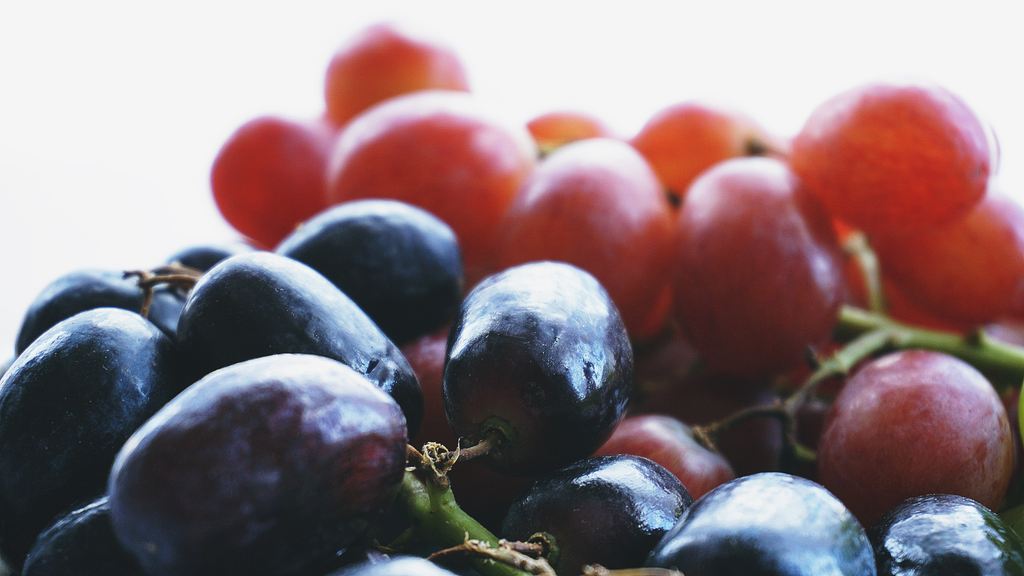With the first sign of fluttering snowflakes and sub-zero temperatures setting in for days in a row, winemakers specialising in producing superior quality wines kick off the preparation for their ice grape harvest. Although winter may seem harsh at times, it is freezing temperatures that gave rise to some of the most expensive and exclusive wines of which every drop is a winemaking masterpiece. Ice wines are attributed to the wine-producing regions in continental Croatia. Passionate winemakers from Zagorje, Međimurje, Slavonija and Baranja have at least once given a shot at producing ice wines. Getting the ice grape harvest done is a risky venture indeed considering that the winemaker has to estimate if the winter weather conditions will really play out to be conducive to ice wine.
A frozen wine fairy tale
Specific climate conditions and appropriate decisions on the winemakers’ part influence the harvest technology and making the ice wine. As with any grape harvest, preparation is done year round. The first thing to consider with an ice grape harvest are dry summers because grapes left over from the autumn harvest to ripen on vines must be kept whole and preserved.
When temperatures fall below zero for several consecutive days, that signifies that ice grape harvest conditions have been met. The minimum temperature should plummet to -7 °C with a requirement of sub-zero temperatures lasting long enough for grapes to freeze over. The harvest usually kicks off at the break of dawn when it’s still dark and it’s suggested it be finished before sunrise lest the ice crystals contained in grapes melt. In case temperatures range from – 10 to – 15 °C, grapes can be picked during the day.
Grapes are picked form their stems using a wooden nipper and these frozen marbles are placed into a grape press. The freezing conditions prevailing in vineyards continue in wine cellars that must be kept cold and under no circumstance are to be warmed. Grapes are slowly pressed with icy water crystal left in the grapes squeezing out juice, but do not end up in the must.
The sticky, thick, aromatic and sweet juice oozes out as slow as honey during the pressing process. The grape nectar contains a high unconverted sugar content of at least 127 °Oeshle and fruit acids that are subsequently fermented. Ice wine is then bottled and left to ripen and it can take anywhere from 5–8 months to reach optimal ripeness.
The apex of superior quality wines
The following grapes are used to make ice wine: Graševina (Welschriesling), Riesling, Traminac (Gewürztraminer), Pinot, Merlot, Cabernet Sauvignon, Chardonnay, Kerner and Vidal.
Superior quality wine production is held in the highest regard throughout Central Europe and Canada. Croatian winemakers are seeing increasing success of their superior quality wines on competitions and are expanding on the world market. Superior quality wines are usually made from ripe, more or less dry grapes picked after the usual harvest. Considering harvest conditions, superior quality wines are classified as late harvest, select harvest, select berry harvest, select dry berry harvest and ice wine.
Their opulent bouquet, signature amber yellow colour and highly complex production process make ice wines to be an homage to wine producing technology and resourcefulness.
Ice wines are sophisticated wines possessing a strong aroma that only a handful will be able to resist. They can be saved well over 20 years, they are served in dessert-wine glasses with narrowed tops so as to preserve the aroma, while the ice wine presents its best when served at 10 °C. Just like other dessert wine, ice wines are perfect if paired with desserts having a light and refreshing flavour, but it can also be served separately. The unique way how they combine aroma and bouquet makes them a wine experience second to none.
Some of the oldest, most prolific, distinguished and multiple award-winning wine cellars in Continental Croatia produce well-known ice wine labels. Ilok wine cellars reign in Croatia’s easternmost city east of the Danube, with the renowned Vina Belje representing the Podunavlje winemaking region. Numerous medals received at Decanter World Wine Awards and top quality have made Bodren winery, a small family-owned winery from Zagorje, a success story. Located halfway between Zagorje and Međimurje is the family-run Bolfan vinski vrh winery applying biodynamic growing methods.



